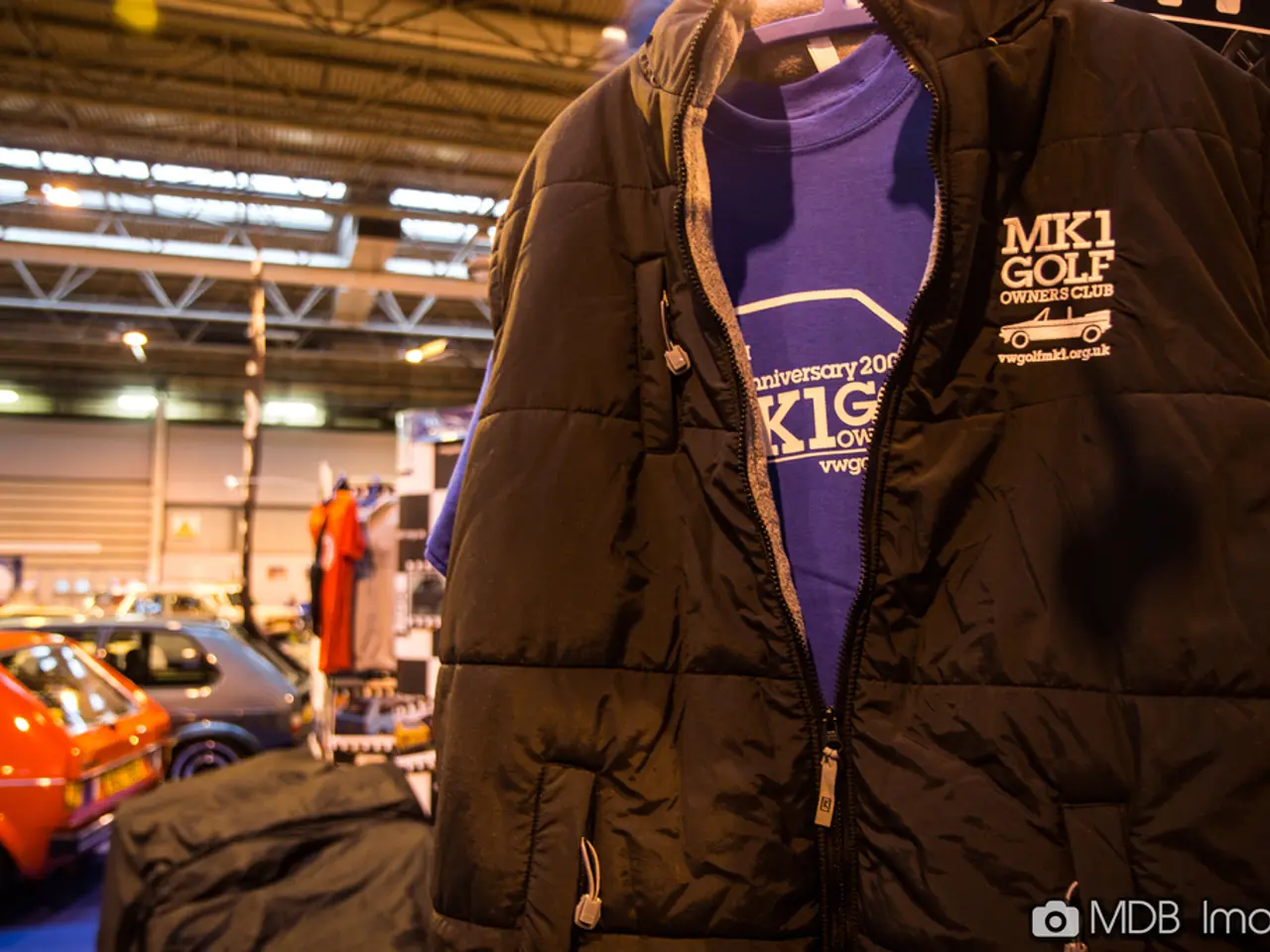Border inspections you might encounter at Swiss entry points this summer.
Switzerland, a member of the Schengen Area, typically adheres to the principle of free movement at its borders with France, Germany, Italy, Austria, and Liechtenstein. However, temporary border controls have been reinstated or extended in several Schengen countries, including Switzerland's neighbours, due to heightened concerns about illegal migration, terrorism, and smuggling.
In September 2024, Germany reinstated border controls with Switzerland, a measure expected to last until at least 15 September 2025 [1][3]. France continues border checks on its borders, including with Switzerland, due to increased terrorist threats and major public events [1].
Switzerland, while endorsing the principle of free movement with EU countries under new bilateral agreements, retains a safeguard clause to limit immigration if serious economic or social problems arise [2]. This clause has not been invoked at present, and free movement continues as usual.
From October 2025, the new EU Entry/Exit System (EES) will be implemented at Switzerland’s external Schengen borders, including those with France, Germany, Italy, Austria, and Liechtenstein. This system will electronically register third-country nationals (non-EU/Schengen nationals) crossing external borders, capturing biometric data to enhance border security and reduce illegal stays [4].
These controls are primarily aimed at managing irregular migration, preventing smuggling and terrorism, while facilitating legal travel within the Schengen framework.
When travelling to or from Switzerland, it is essential to carry an ID card or passport. Additionally, a 'CH sticker' is required for vehicles leaving Switzerland.
It is important to note that there have not been any controls in place between Switzerland and Liechtenstein for decades. Furthermore, there are no additional checks between Italy and Austria and Switzerland.
Travelling to Switzerland may take longer than usual due to increased border controls. Germany, for example, has seen headlines and queues at various points following the reinstatement of border controls.
France has border controls in place at all its international entry points, including with Switzerland, due to security concerns and a rise in antisemitic attacks.
References:
[1] Swissinfo.ch. (2024). Switzerland reinstates border controls with Germany. Retrieved from https://www.swissinfo.ch/eng/switzerland-reinstates-border-controls-with-germany/46931448
[2] Swissinfo.ch. (2021). Switzerland and EU reach deal on new migration pact. Retrieved from https://www.swissinfo.ch/eng/switzerland-and-eu-reach-deal-on-new-migration-pact/46749648
[3] Swissinfo.ch. (2025). Germany extends border controls with Switzerland. Retrieved from https://www.swissinfo.ch/eng/germany-extends-border-controls-with-switzerland/46931448
[4] European Commission. (2020). EU Entry/Exit System. Retrieved from https://ec.europa.eu/home-affairs/what-we-do/policies/borders-and-visas/legal-migration/entry-exit-system_en
In the context of heightened security concerns and increased border controls, an individual planning a travel itinerary may find that their journey to Switzerland, particularly across the borders with Germany and France, might take longer due to additional checks. As the country continues to address issues such as illegal migration, terrorism, and smuggling, ensure that you have a valid ID or passport, as well as a 'CH sticker' for vehicles, to facilitate legal travel within the Schengen Area.




